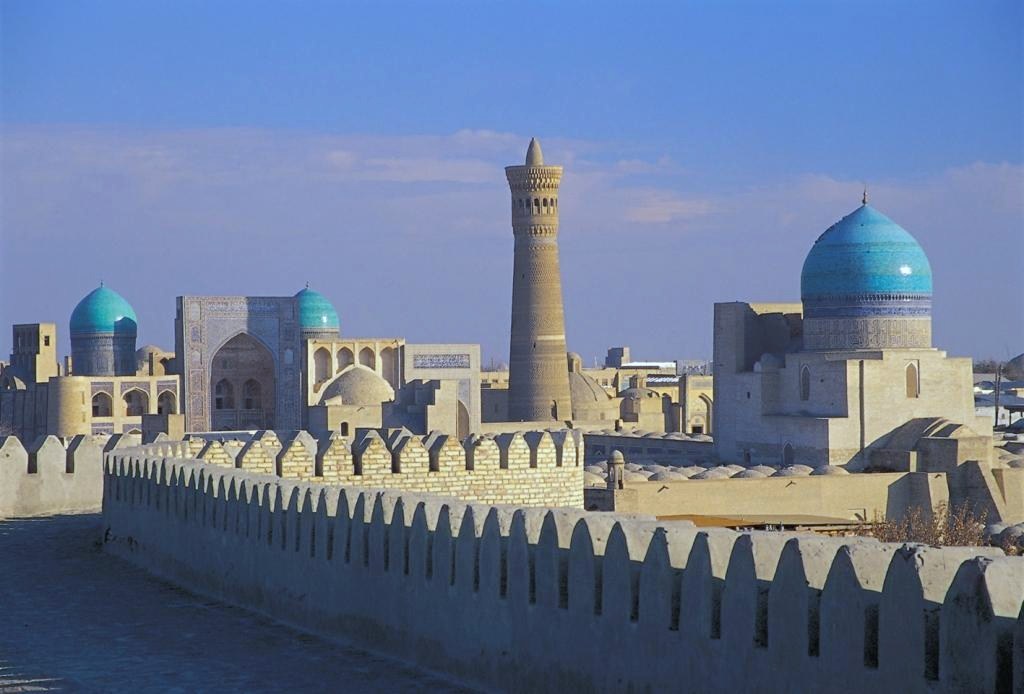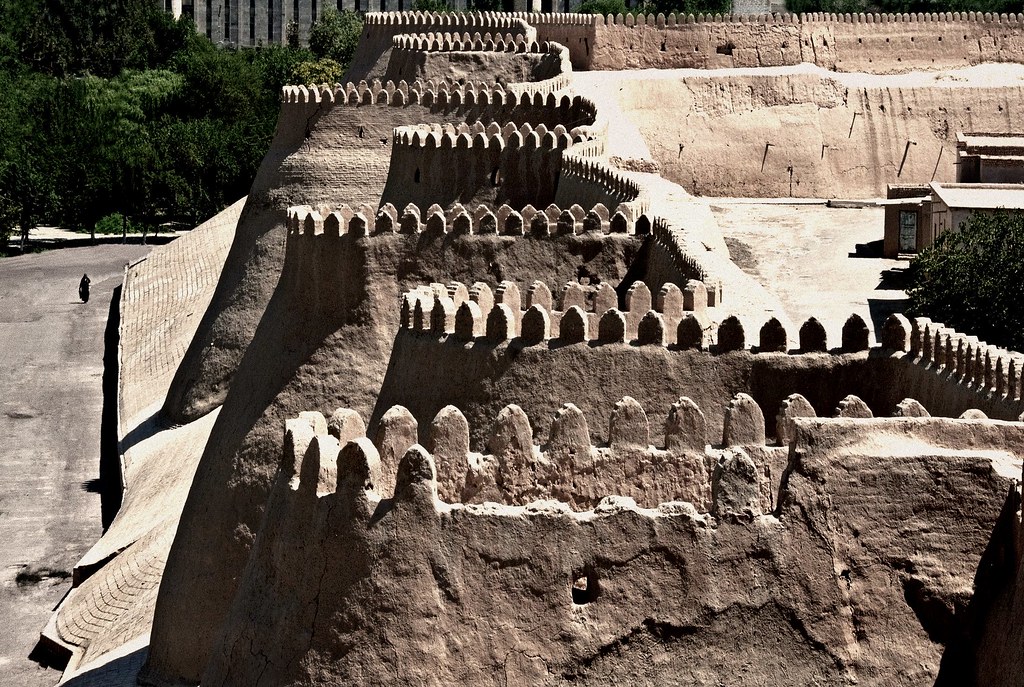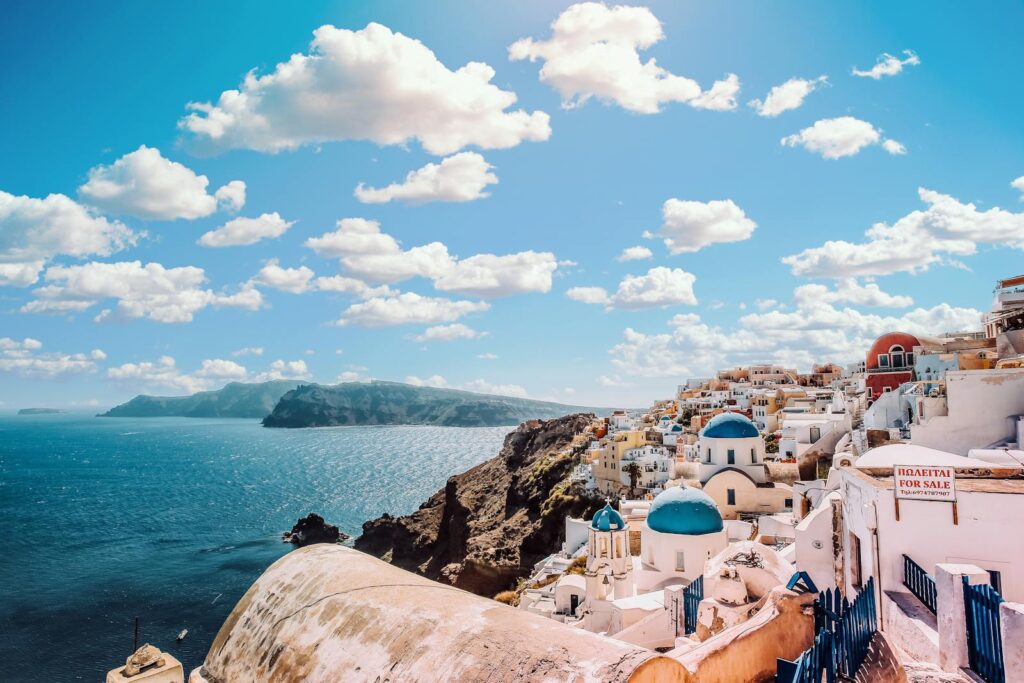Uzbekistan is a country with a fascinating history, often considered the most decisive part of Central Asia. Its rich history witnessed the plundering of the region by Alexander the Great, Genghis Khan, and Timur. The great Silk Road cities of Samarkand and Bukhara are located in their centers, and the long desert route north to the Caspian Sea depicts their strategic importance, making it a key region in ancient times.
The Currency and Capital of Uzbekistan
Due to massive inflation in the past few decades, the currency situation in Uzbekistan is somewhat absurd. The largest denomination banknote is 5000 som, which can be exchanged for less than one US dollar, and most of the time people only have 1000 som banknotes. Therefore, exchanging over $50 will leave you with a pile of banknotes the size of your head, which can be quite a sight to behold.
Tashkent, the capital of Uzbekistan, was annihilated by Genghis Khan in the mid thirteenth century and now feels exceptionally modernized due to its conspicuous Soviet influence. This city is filled with markets and parks, and it’s common to see a Russian fixing a bike in one of the markets, blending the old with the new.

The Rural Areas and Ancient Cities of Uzbekistan
However, the real charm of Uzbekistan doesn’t lie in Tashkent. The countryside is filled with rolling hills, farmland, and families working in the fields. Donkey carts and horses are common sights, and even occasional camels will give a friendly grunt when you pass by, adding to the rustic charm.
Samarkand is the heart of the ancient city of Samarkand and also the center of the Timurid Empire. It is a symbol of Central Asia and represents all the excitement and glory of the Silk Road. Registan is one of the three famous religious schools in Samarkand, which is truly awe-inspiring. This city is also located several hundred kilometers south of the Afghan border, truly placing it at the center of Central Asia, making it a historical gem.

Bukhara is another city in Uzbekistan that has undergone extensive restoration and is currently in great condition. This old city feels a bit like a ghost town, with virtually no tourists and very quiet streets. Even Samarkand’s market looks tiny, nowhere near the endless expanse of the Bishkek Osh market – Uzbekistan’s Silk Road era as a world trade center has long passed, but its charm remains.
In short, Uzbekistan has a rich history, beautiful scenery, and a unique currency situation, making it a “faded glory” tourist destination that provides a unique experience for those willing to step out of the ordinary path.
Related posts:
UZBEKISTAN – THE FADED GLORY OF THE SILK ROAD
Travel 2022: The best destinations to visit
Jūrmala, Latvia: Where Modern Fortune Meets Faded Glory




